A new print available in my shop
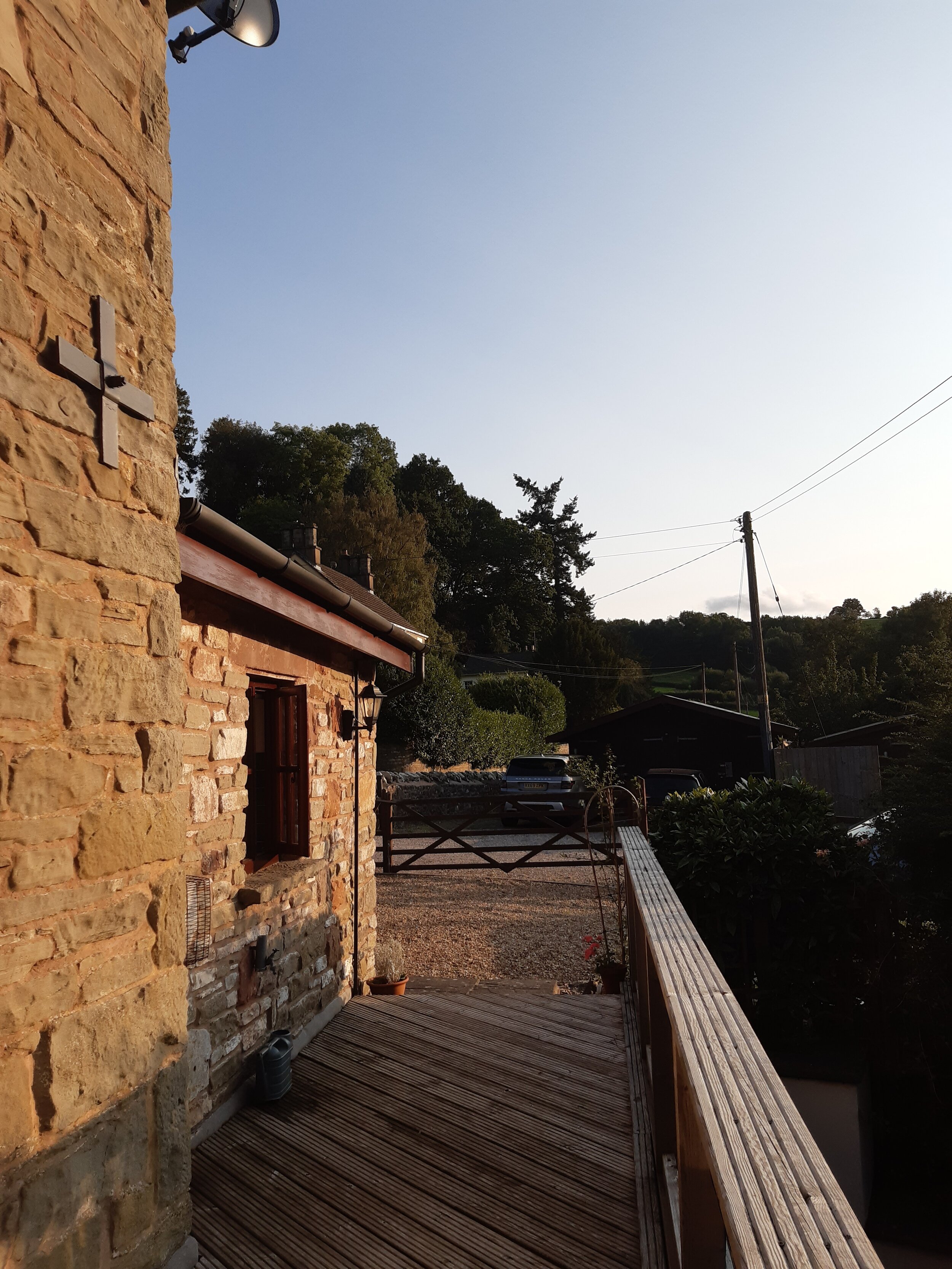

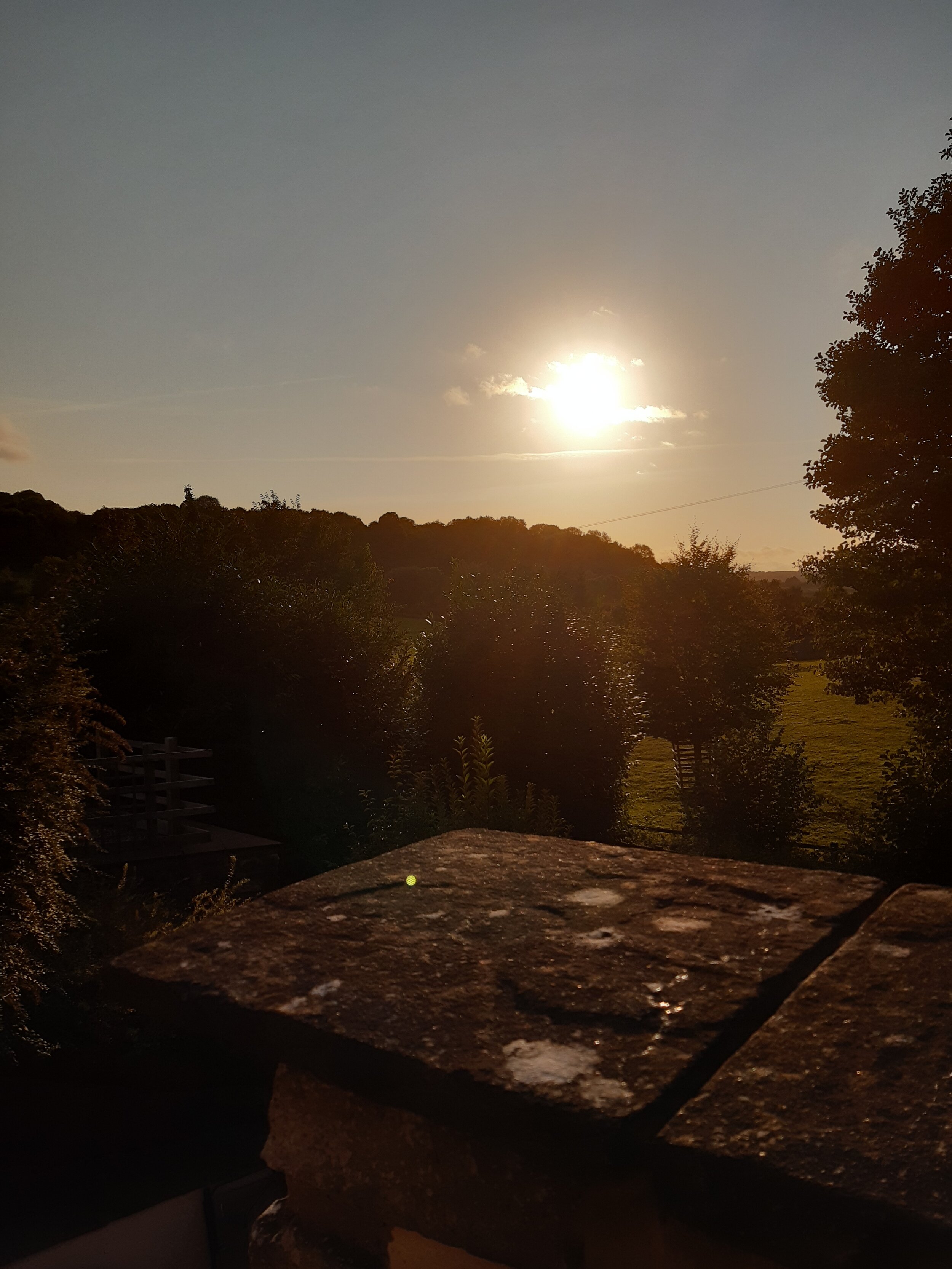
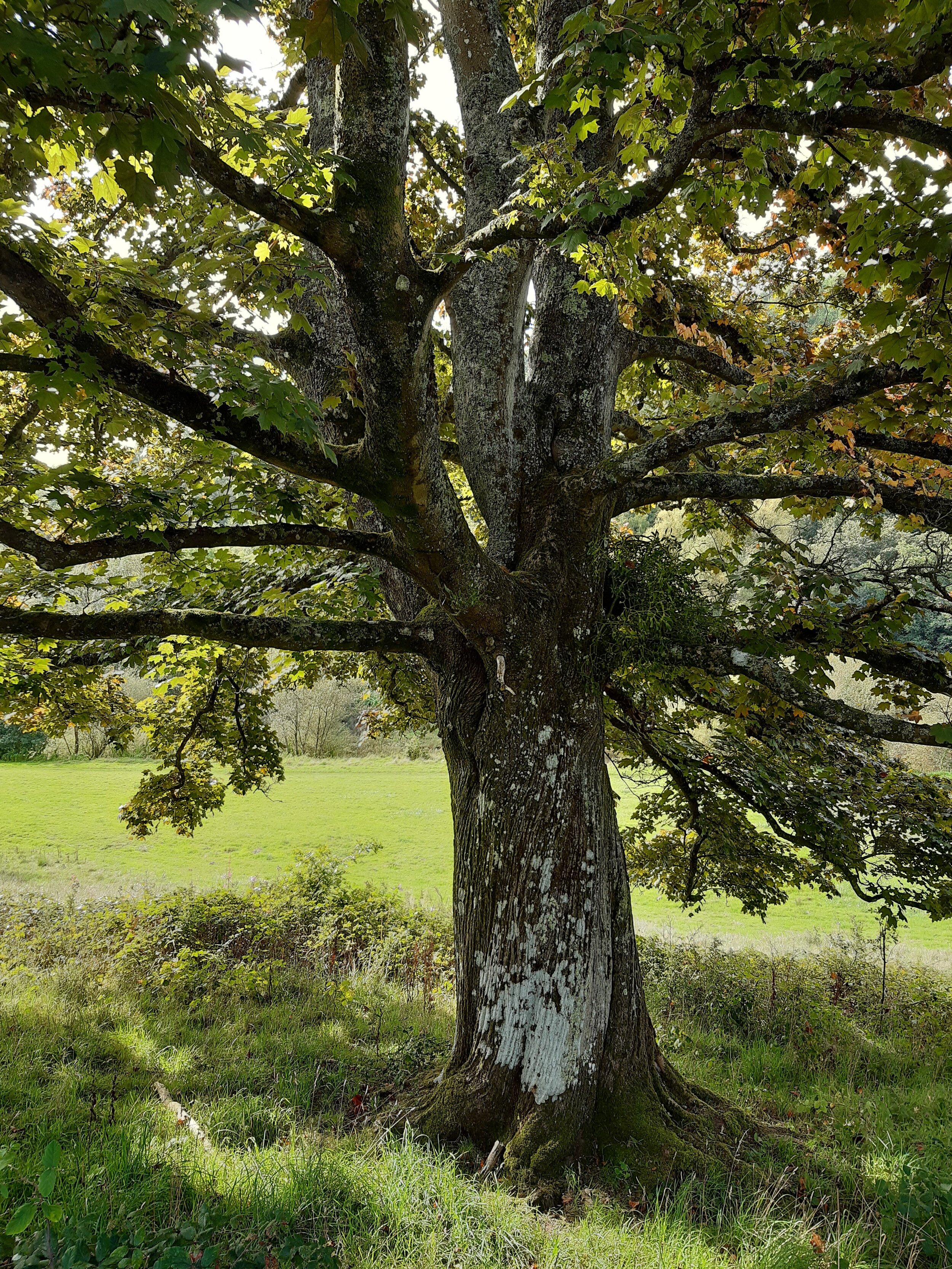
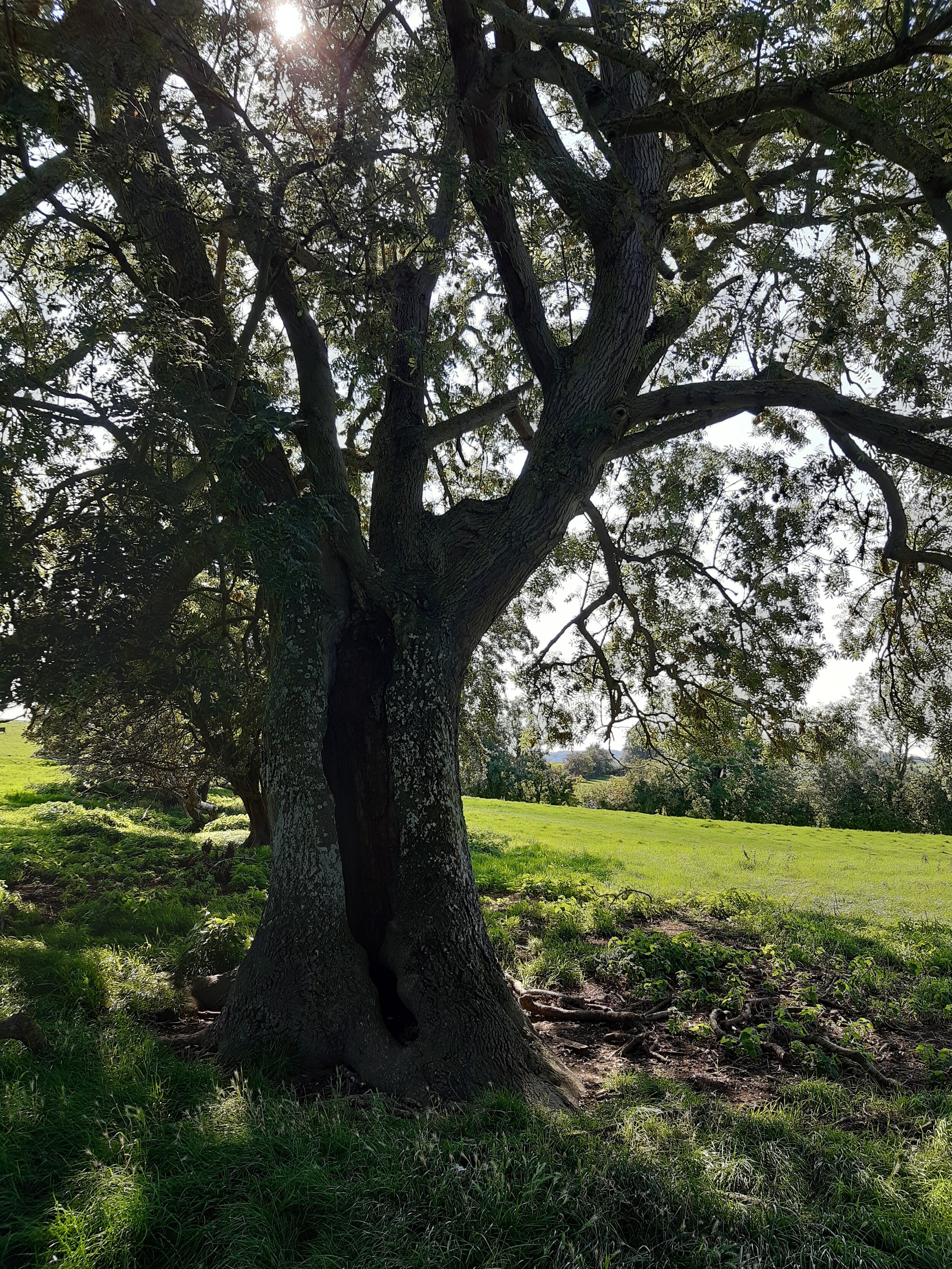
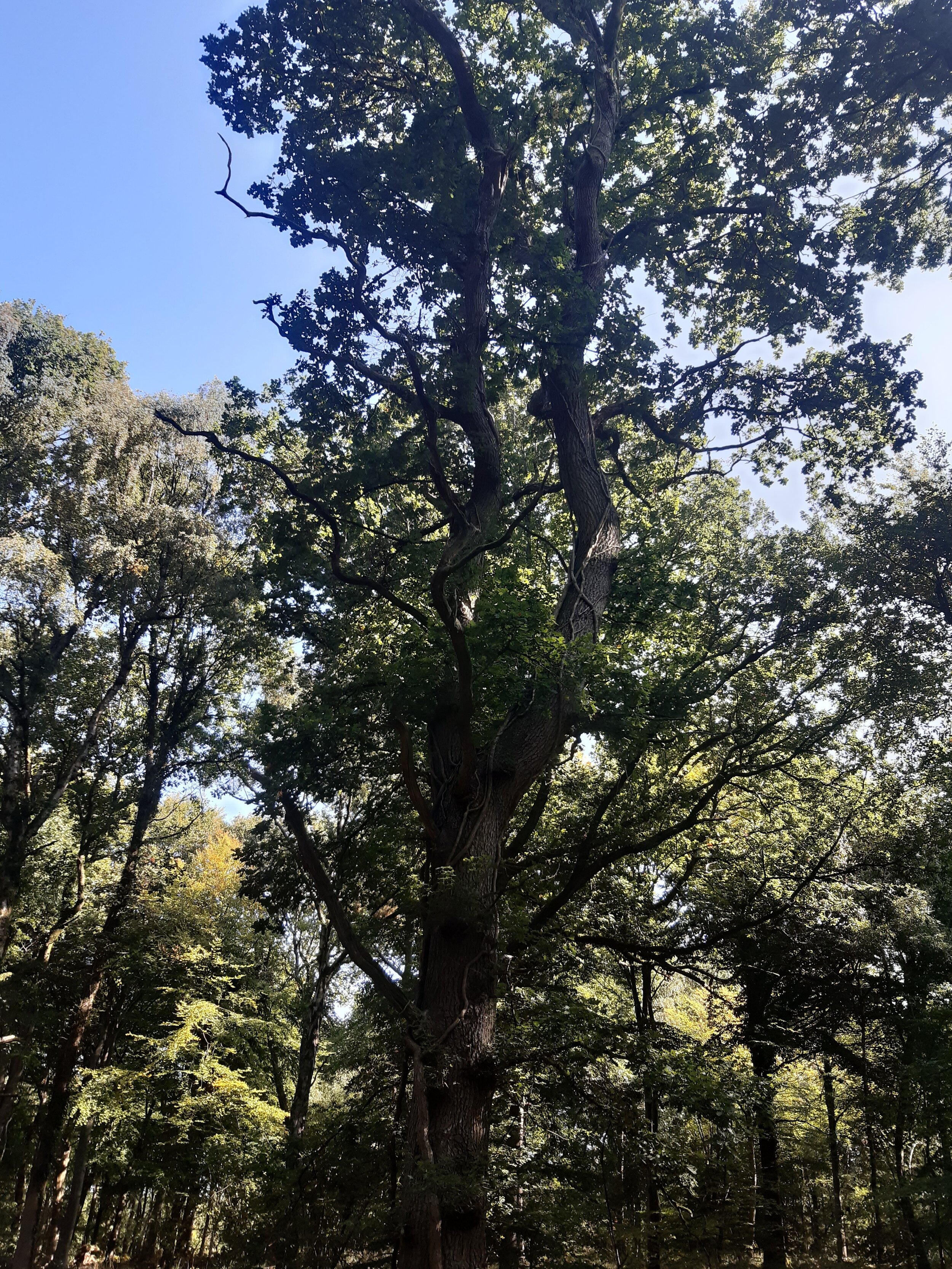
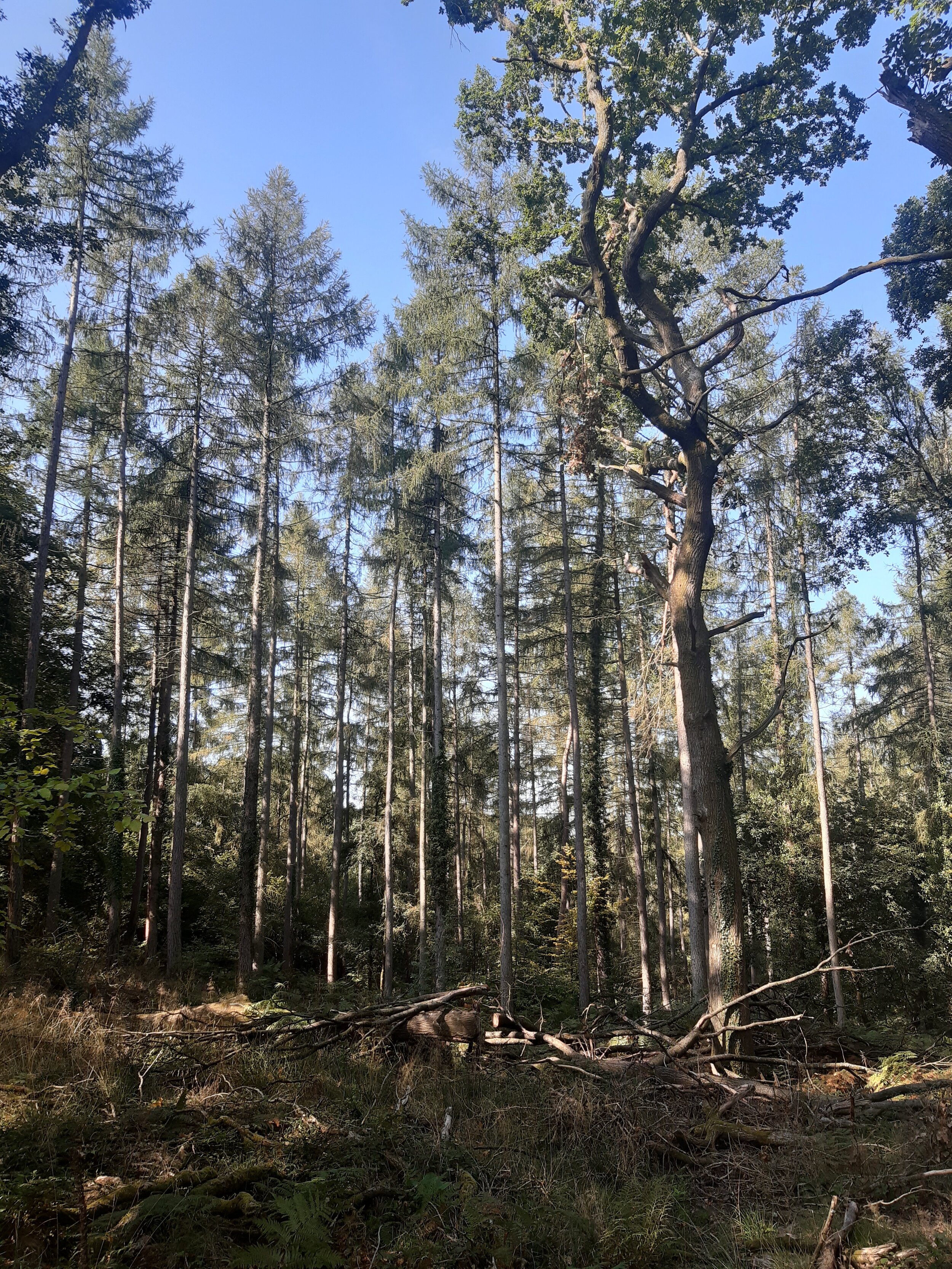
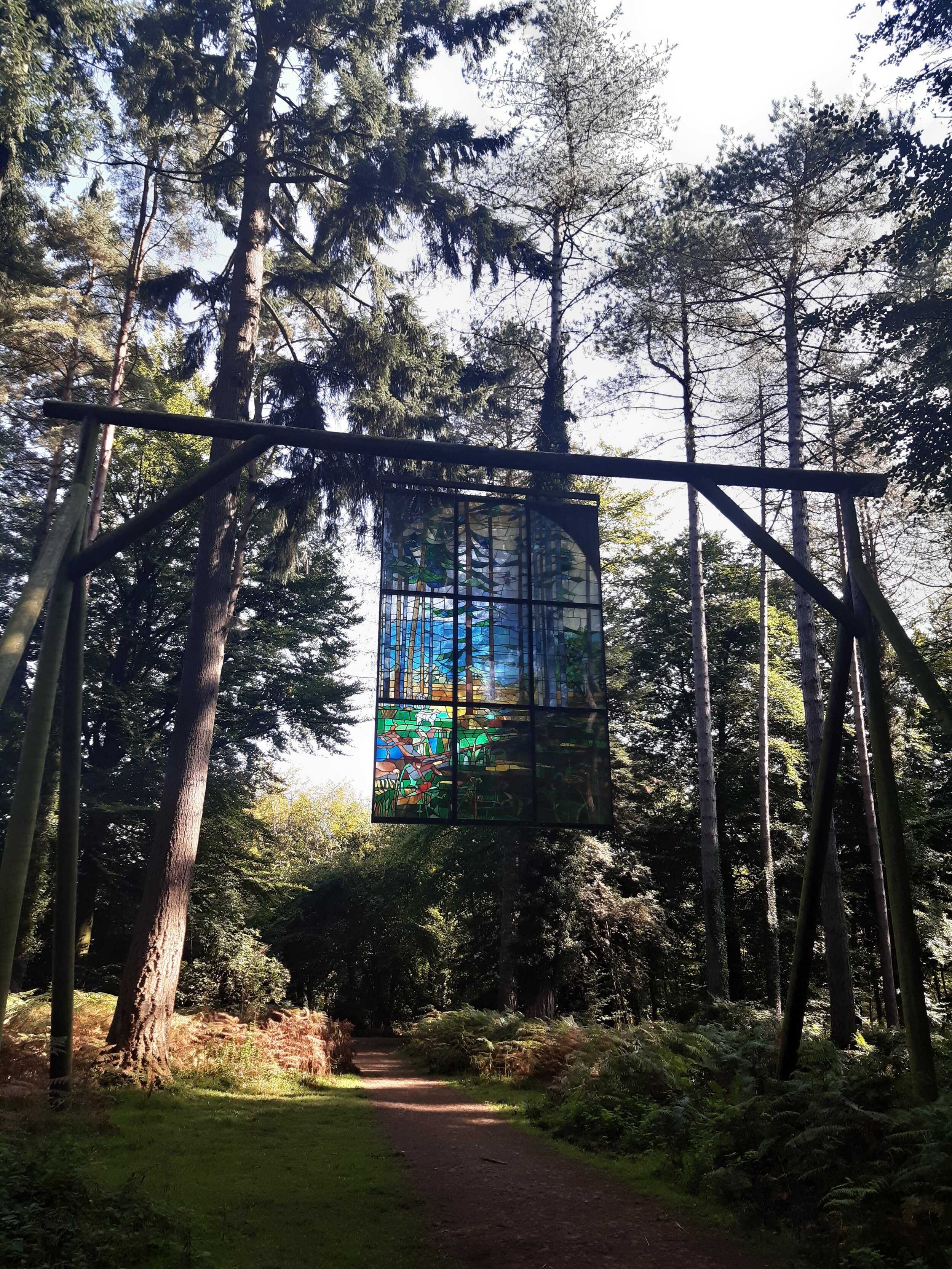
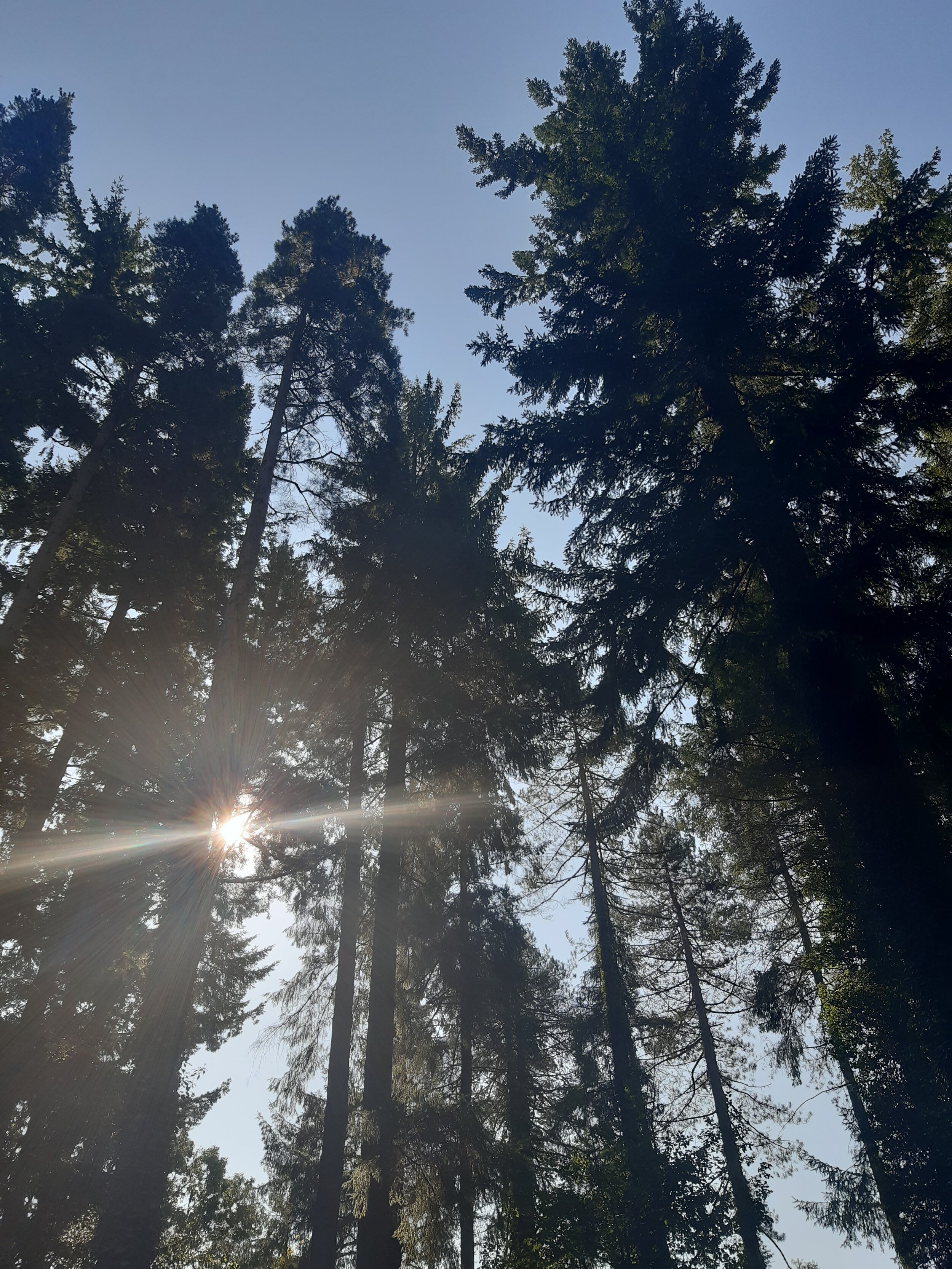
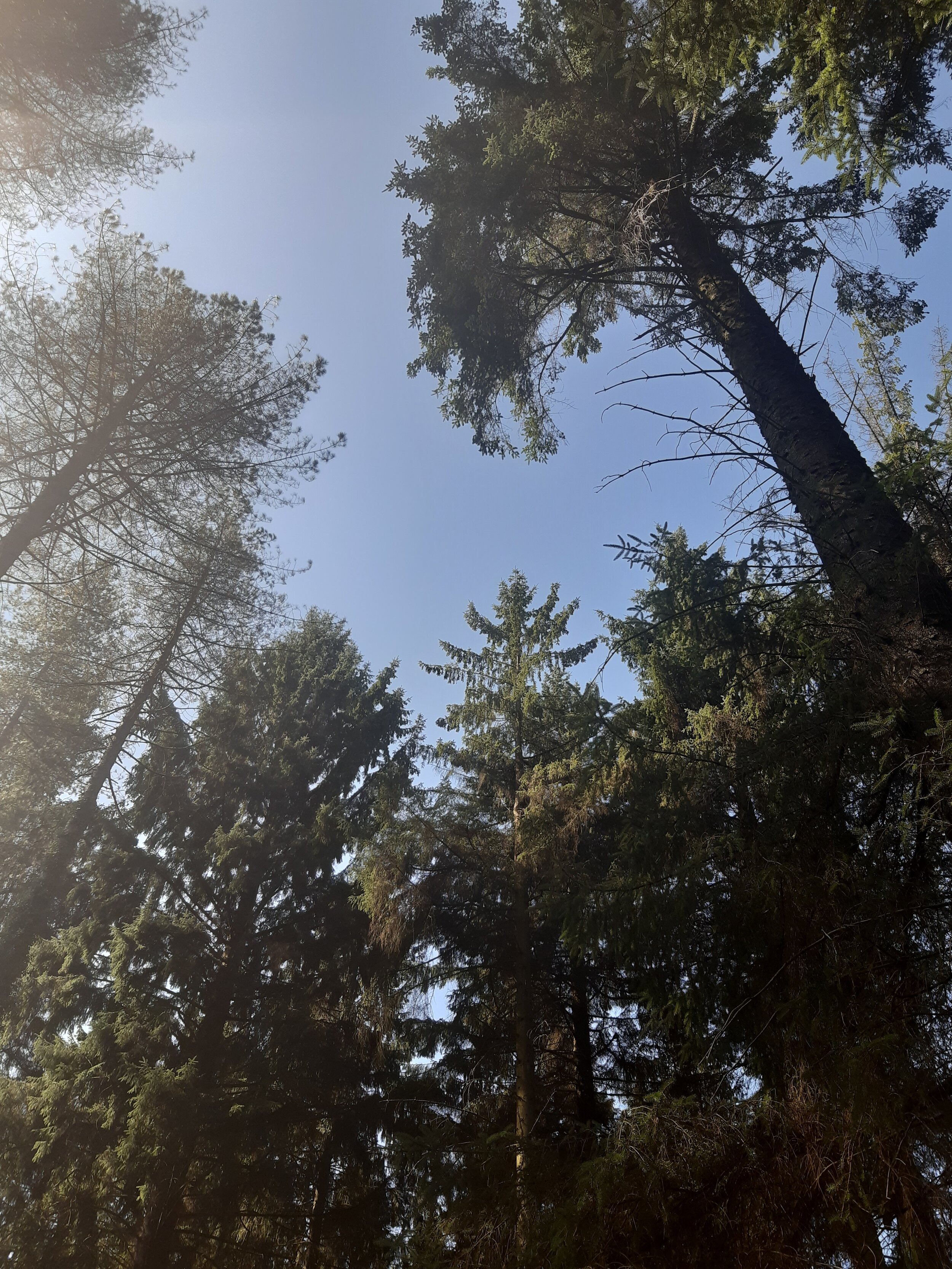

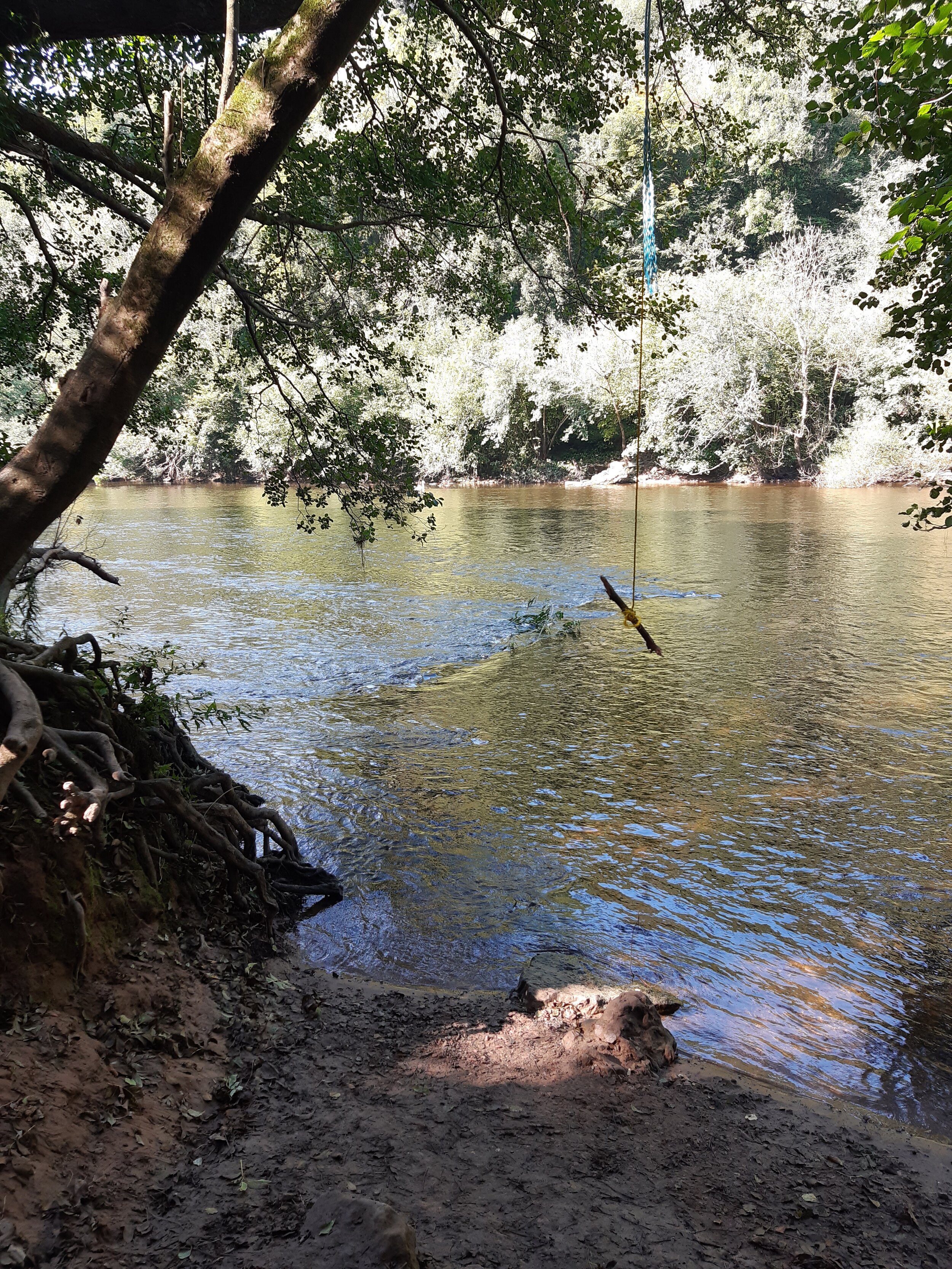
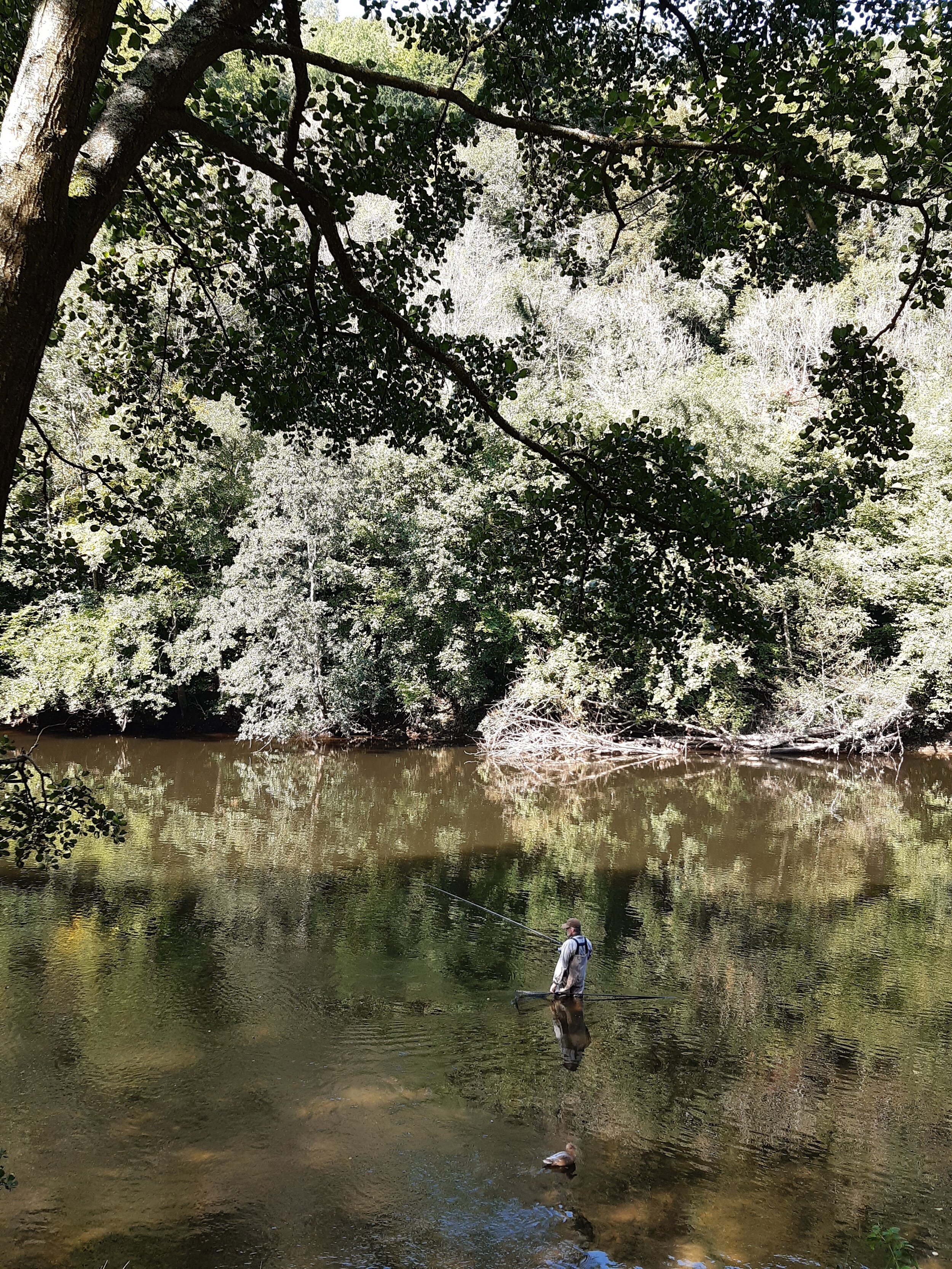


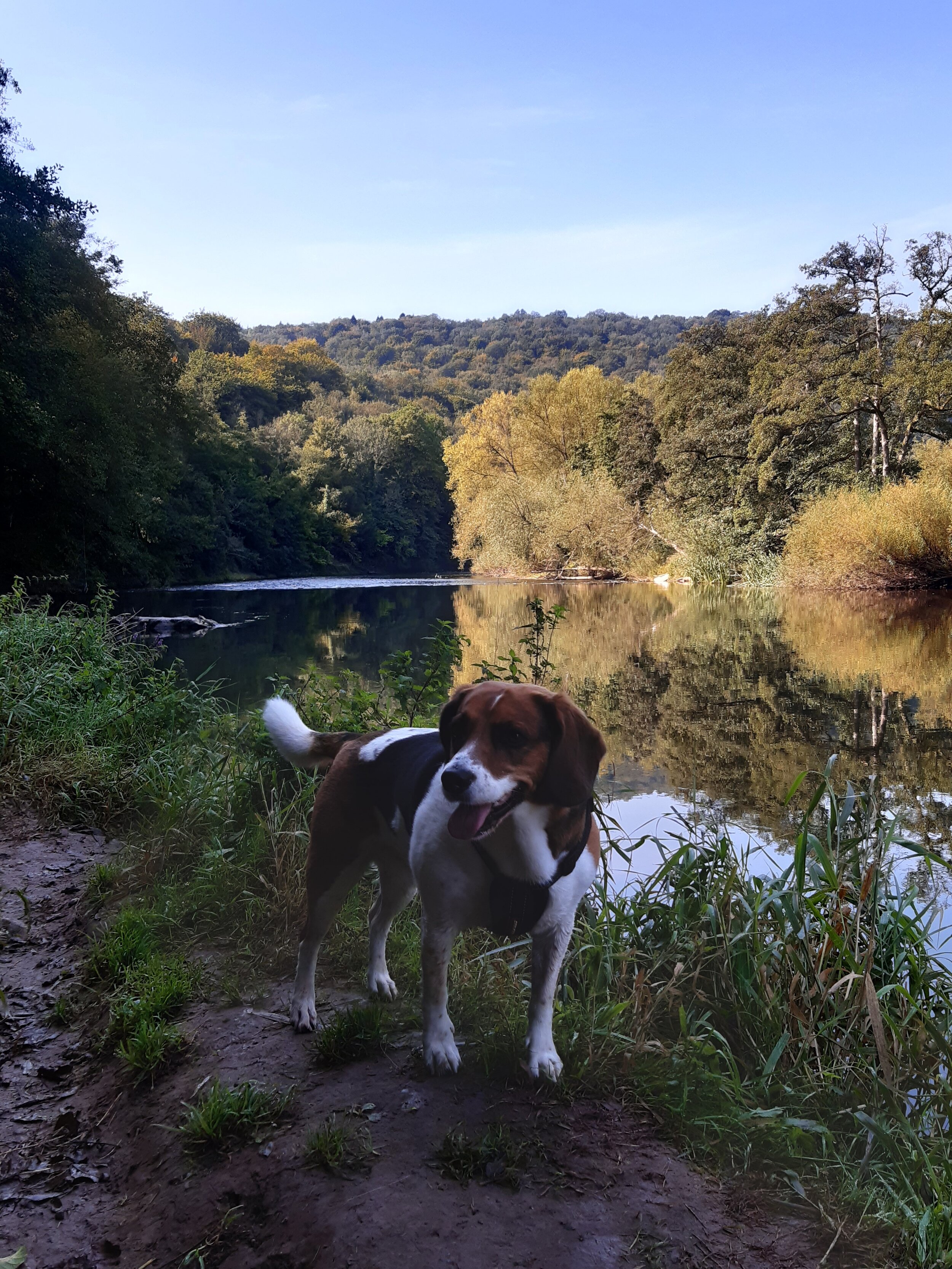
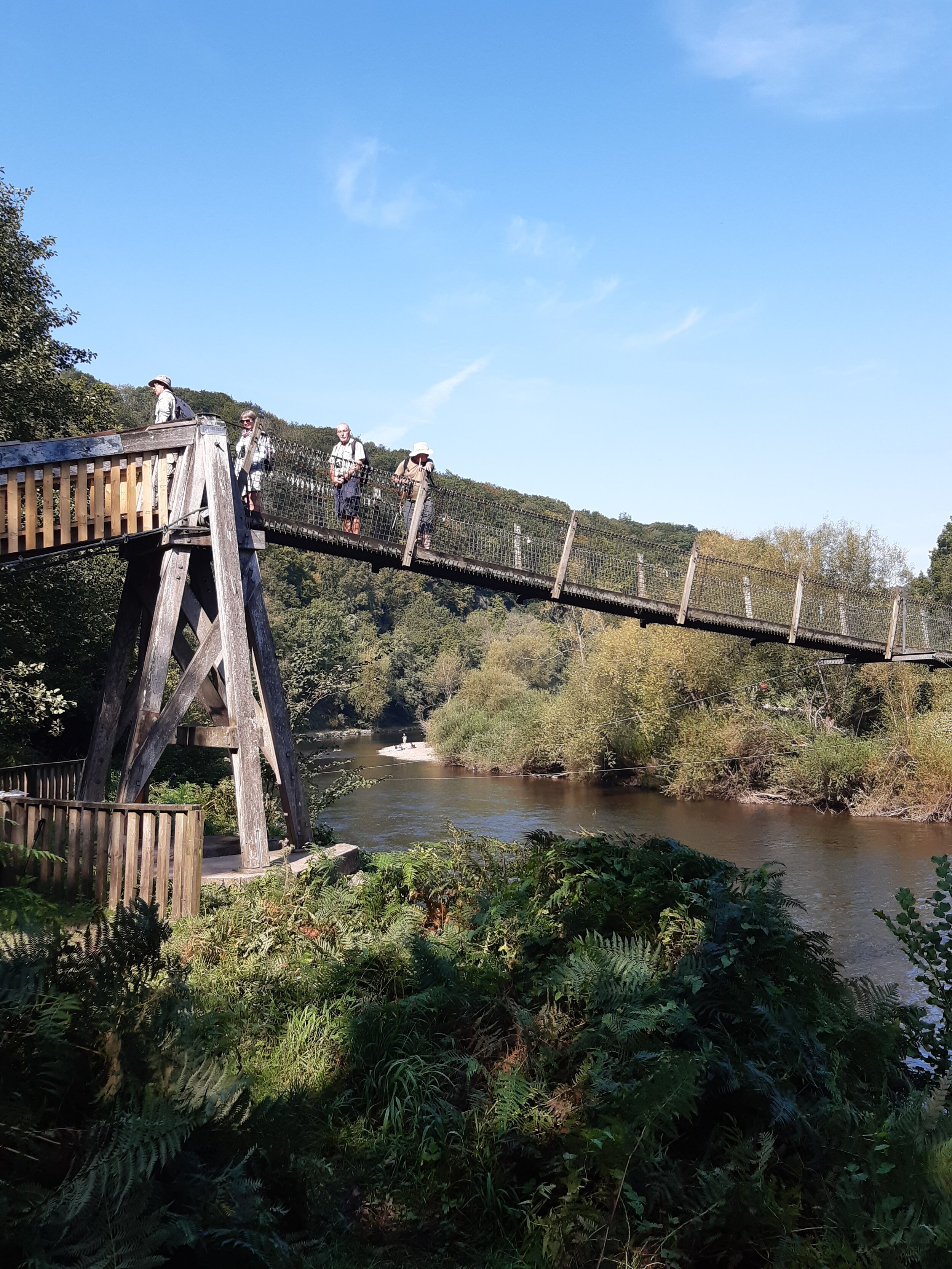




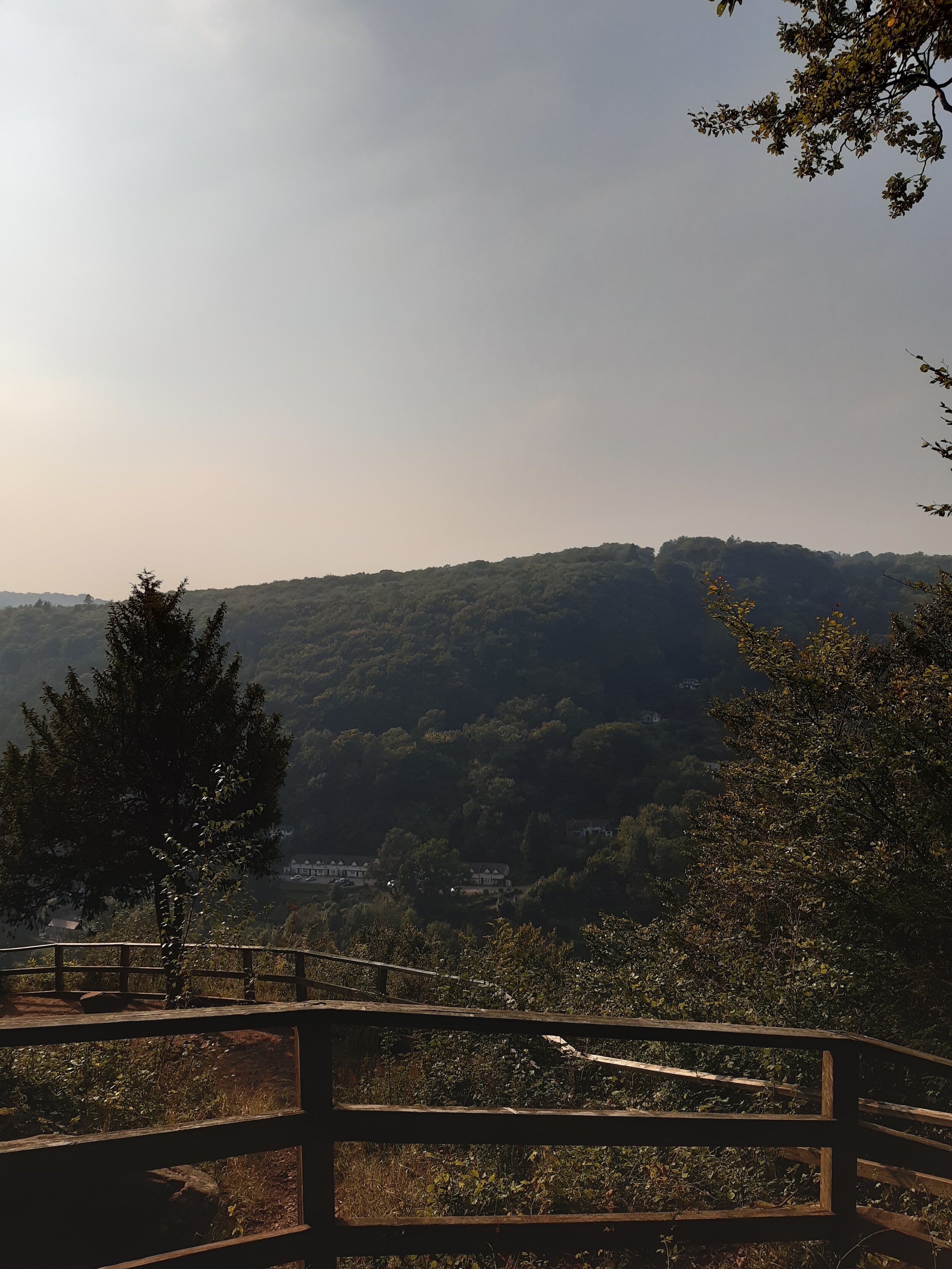
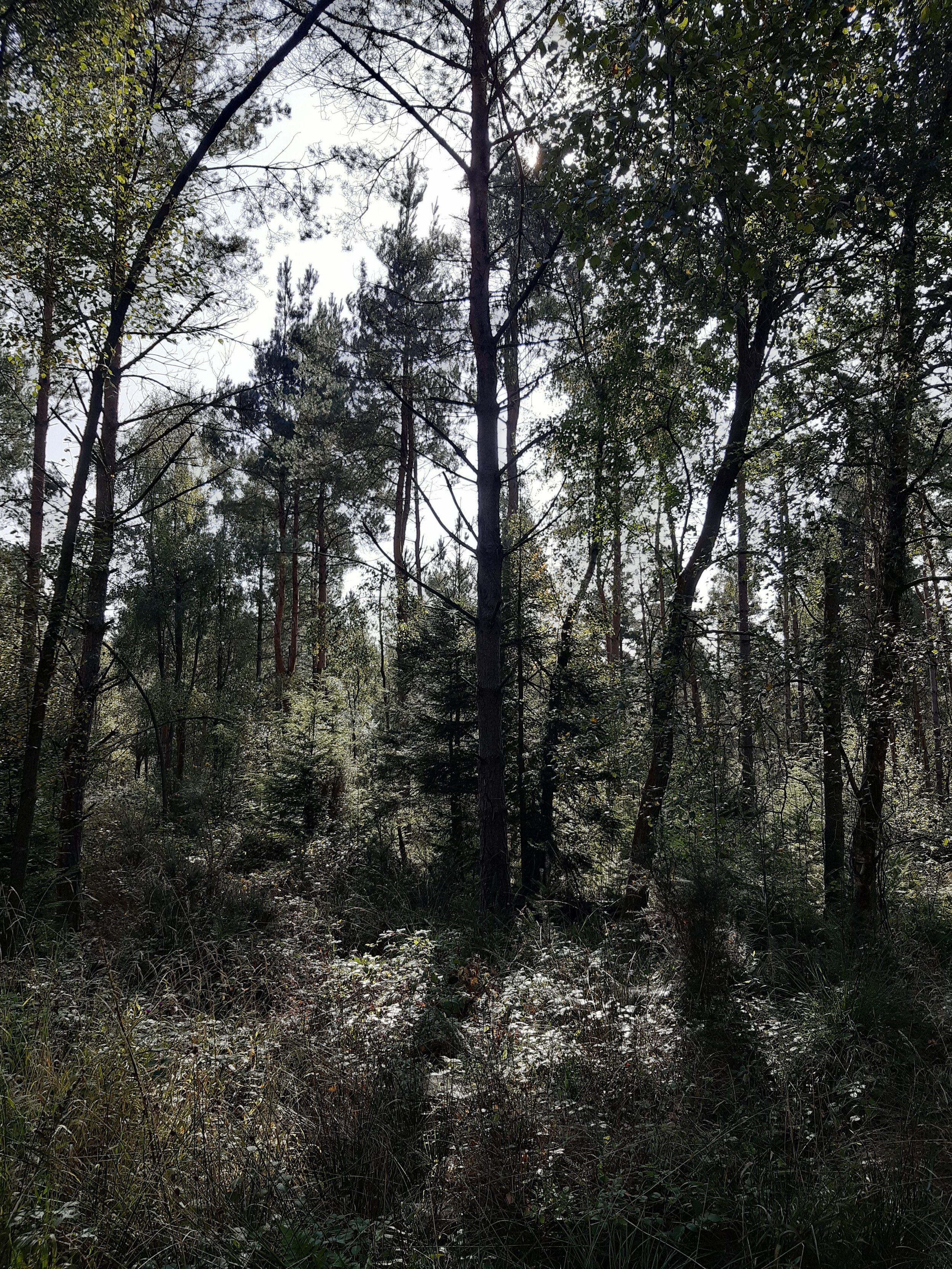
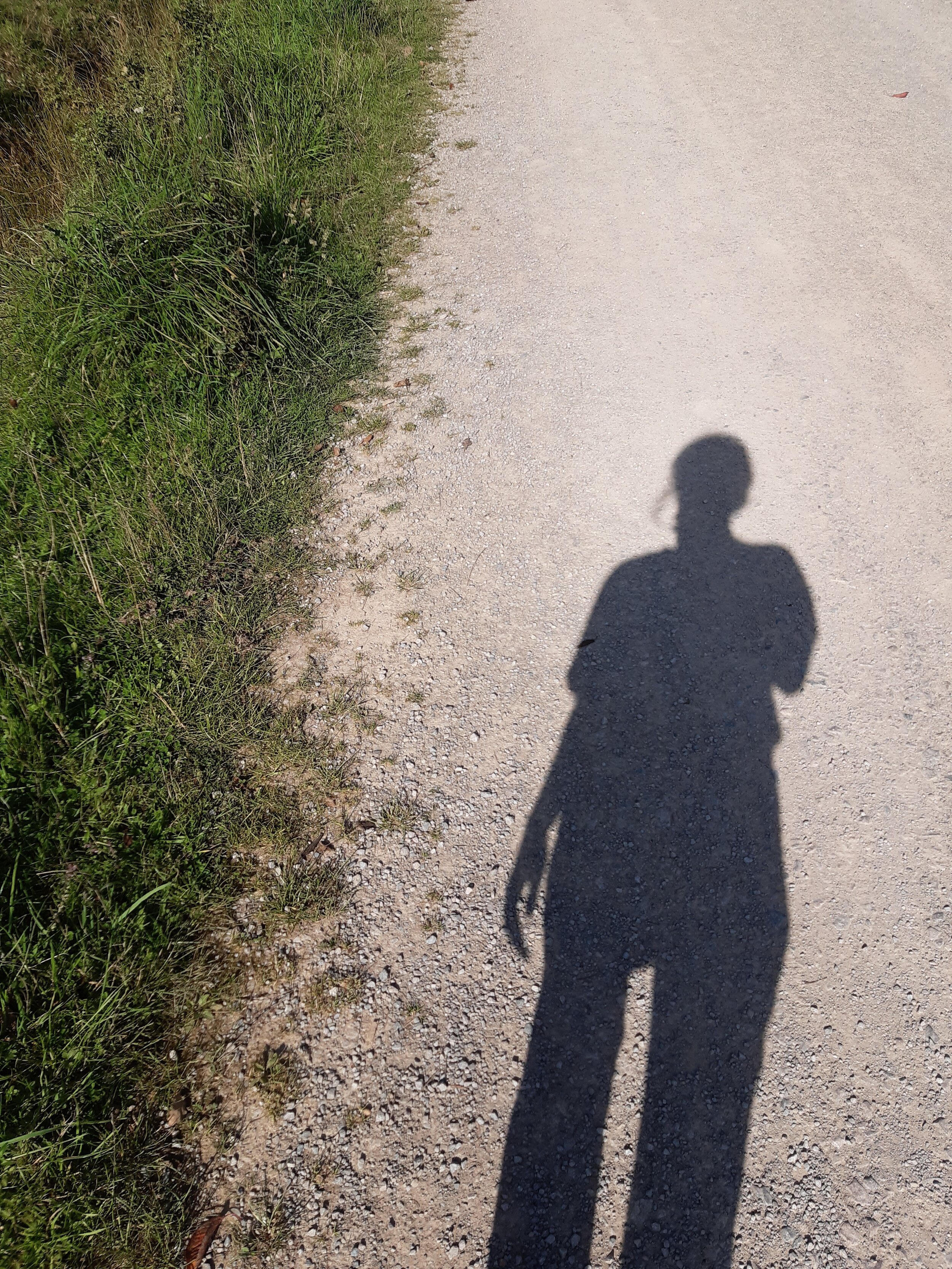

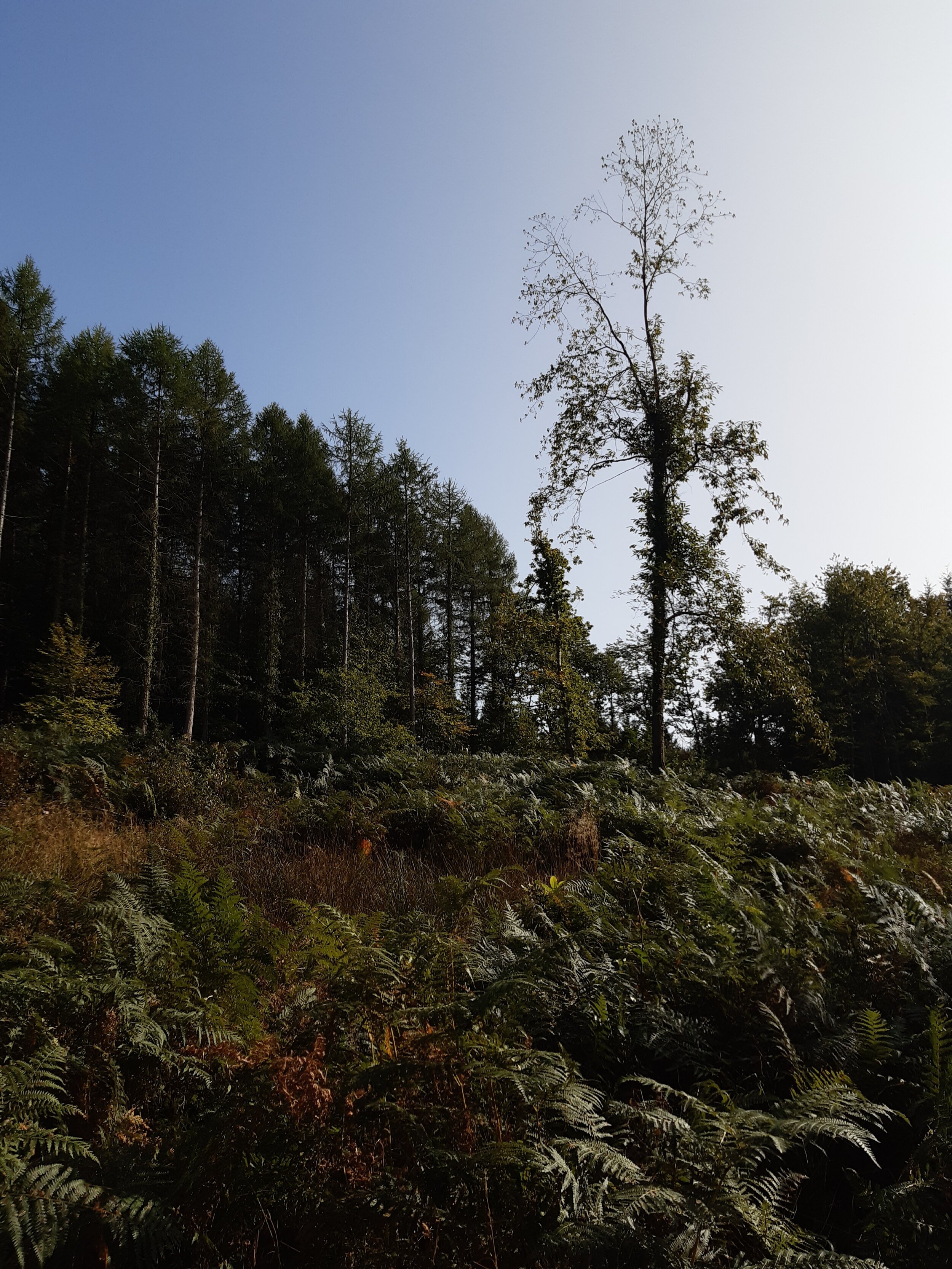
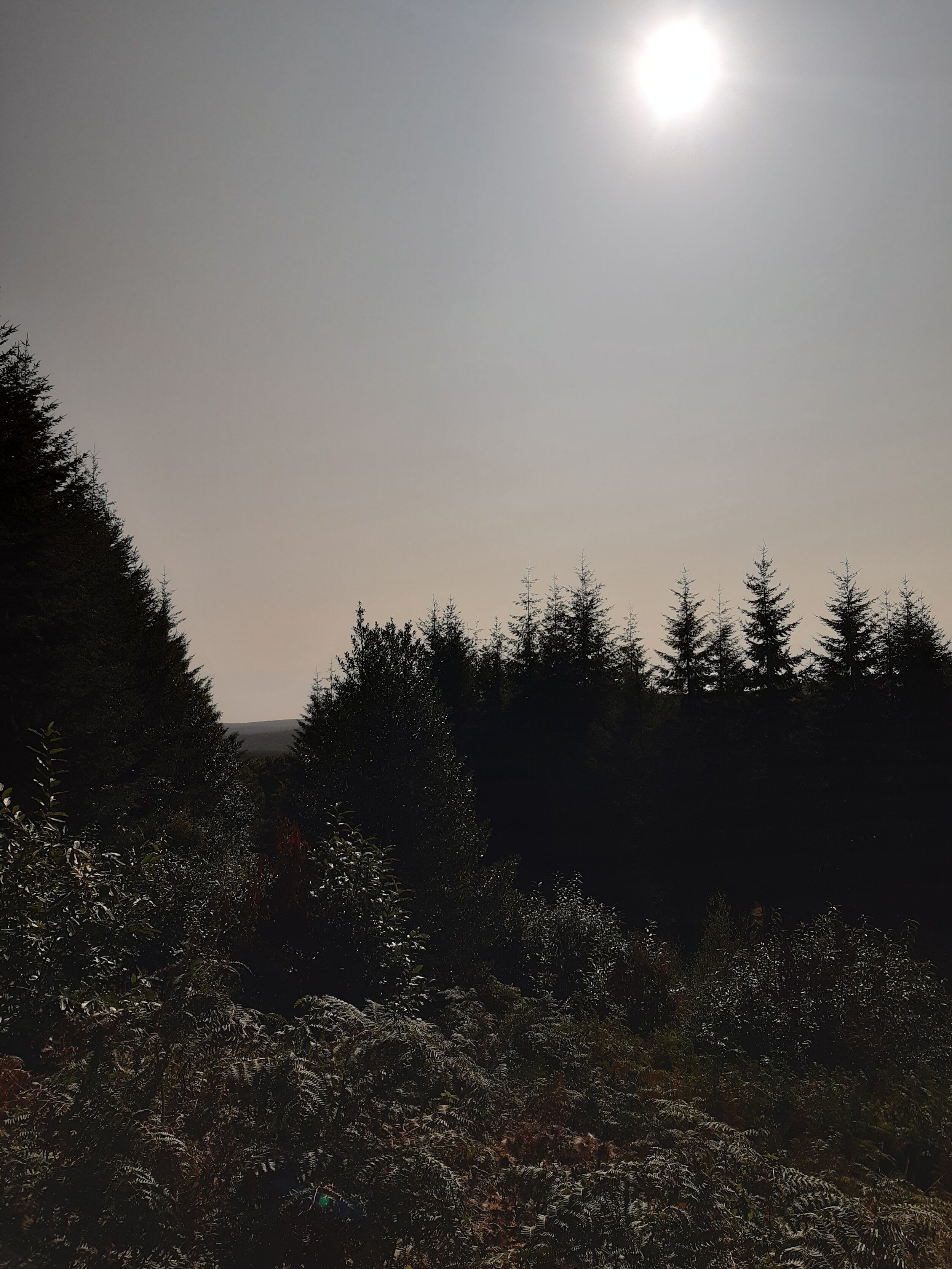
A new print available in my shop

Yasuo Hayakawa is an illustrator form Kyoto, Japan. I discovered his work a few weeks ago and had to share it and it’s actually what made me want to do this post. I’m obsessed with the colours and marks in his japanese monkey illustration in particular.
https://www.behance.net/gallery/28792179/Animal

Kelsey Oseid (@kelzuki) is an illustrator based in Minneapolis and I’m sure that a lot of you are familiar with her work. Her ‘Creatures of the order’ prints are wonderful and her illustrations are always the perfect combination of scientific and playful which I find to be really inspiring.
https://kelzuki.com
https://www.etsy.com/shop/kelzuki/

Edith Rewa (@edithrewa) is an Australian illustrator/textile designer I’ve followed for a few years now and she specialises in botanical illustration. I love her detailed line work and her colour palette is beautiful!
http://www.edithrewa.com

Ben Rothery (@brillustrations) is absolutely my favourite illustrator at the moment. His illustrations are so incredibly detailed and his love for wildlife shines through in all of his work. Ben has also created an online resource called The Bestiary with downloadable illustrations to colour in and information about each species which I highly recommend you look into if you are looking for something to occupy yourself or children over the next few weeks.
https://www.benrotheryillustrator.co.uk
The Bestiary project: https://www.benrotheryillustrator.co.uk/collections/free-colouring-images

Martyn Warren (@VelrcoCow2 on Twitter) is an illustrator I found through Twitter and he draws digitally focusing on insects and crustaceans - he’s lovely too!. The level of detail he is able to achieve is incredible and although they must take so much time and patience the end result is always stunning.
http://martynwarren.com
shop: https://www.etsy.com/shop/MartynWarrenPrints

Gabriel Ugueto (@SerpenIllus on Twitter) is a scientific illustrator and paleo artist who I also found through Twitter and highly recommend that you follow. His drawings of prehistoric animals are amazing and how he manages to draw so detailed with obviously limited reference makes them even more wonderful.
http://gabrielugueto.com

Claire Trotingnon (@clairetrotignon) specialises in collage. The first work of hers that I saw were her black and white landscapes and I initially thought that they were pencil drawings so of course I was intrigued as they had a really unique quality to them. I soon realised that they were all collages made up of tiny fragments and I’m fascinated by them.
https://clairetrotignon.tumblr.com

I recently found Jodie Howard’s work on Instagram (@Joddle) and her work always inspires me and makes me want to make better use of my sketchbooks and be more experimental. Jodie’s sketchbook pages are works of art on their own and the textures in her illustrations and colour palette are lovely.
https://www.jodiehoward.co.uk/illustration
https://www.jodiehoward.co.uk/shop

Emma Carlisle (@emmacarlisle_) is another one of my favourites at the moment and I particularly love her sketchbook work. Her work is so expressive and her mark making is beautiful.. I highly recommend you follow her on Instagram too!
https://www.emmacarlisle.com

Isabelle Arsenault (@isabelle_arsenault) is probably the artist on this list whose work I have followed for the longest. I wrote about Isabelle’s children’s book illustration as part of my dissertation and have followed her work ever since. There’s only so many times that I can say how much I love subtle colours and expressive mark making but she does both so so well.
http://www.isabellearsenault.com

Abel Rodriguez has a fascinating story and he draws from his memories of the Amazon rainforest. His botanical drawings have a really sentimental quality to them that I feel you could only achieve from personally knowing an area as well as he does.
https://www.documenta14.de/en/artists/13538/abel-rodriguez
https://baltic.art/whats-on/exhibitions/abel-rodriguez
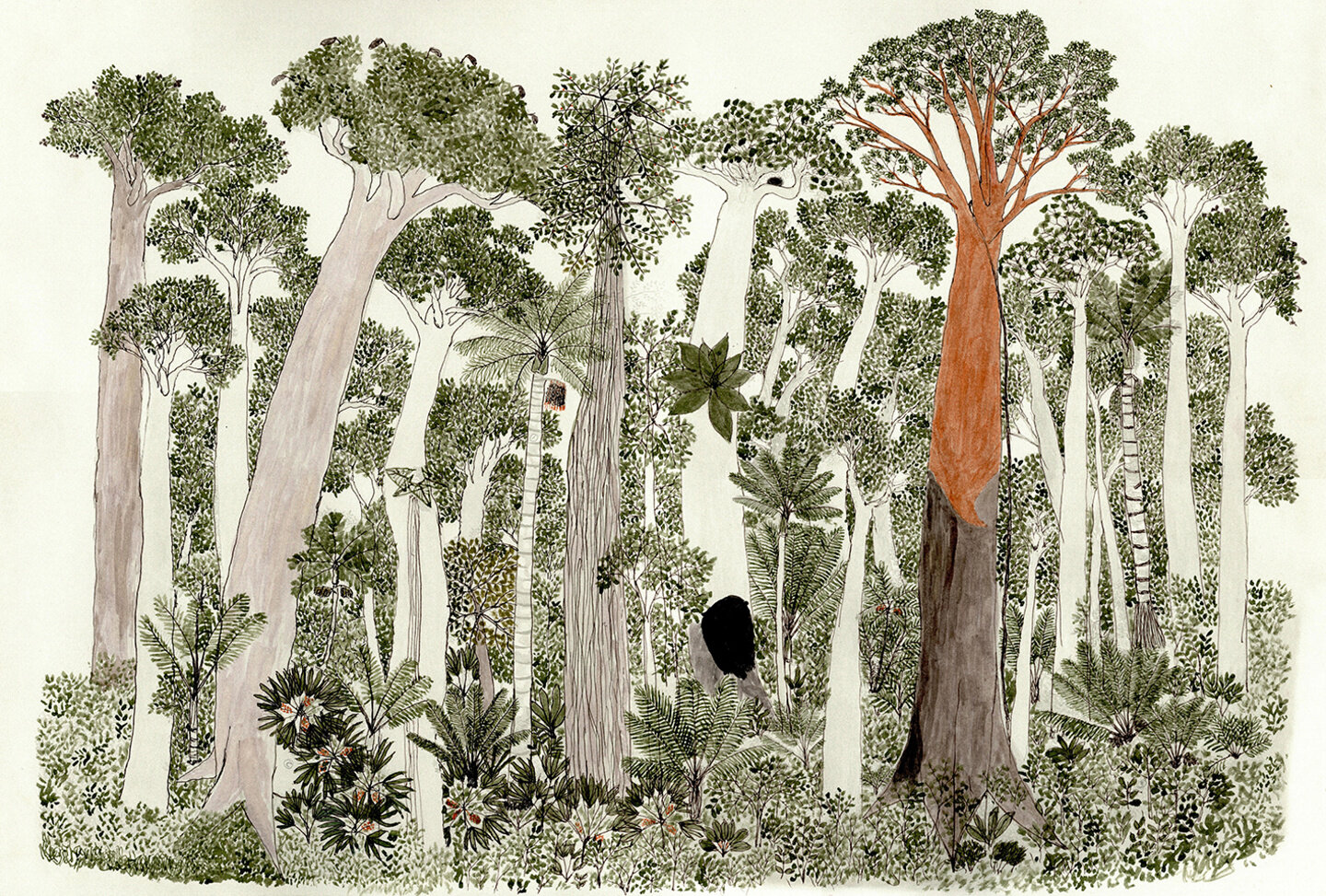
I find that it’s quite easy once you have found a way of drawing that works for you to stick with it and lose the desire to experiment and play around with different techniques. All of the people I have mentioned constantly make me want to keep improving and also enjoy the work that I am creating.
Week 2 started in Ranthambore where we went on two safaris (unfortunately didn’t see a tiger), Jaipur (where we visited an elephant sanctuary), Jodhpur and then finished the trip in Udaipur for the wedding of a family friend.

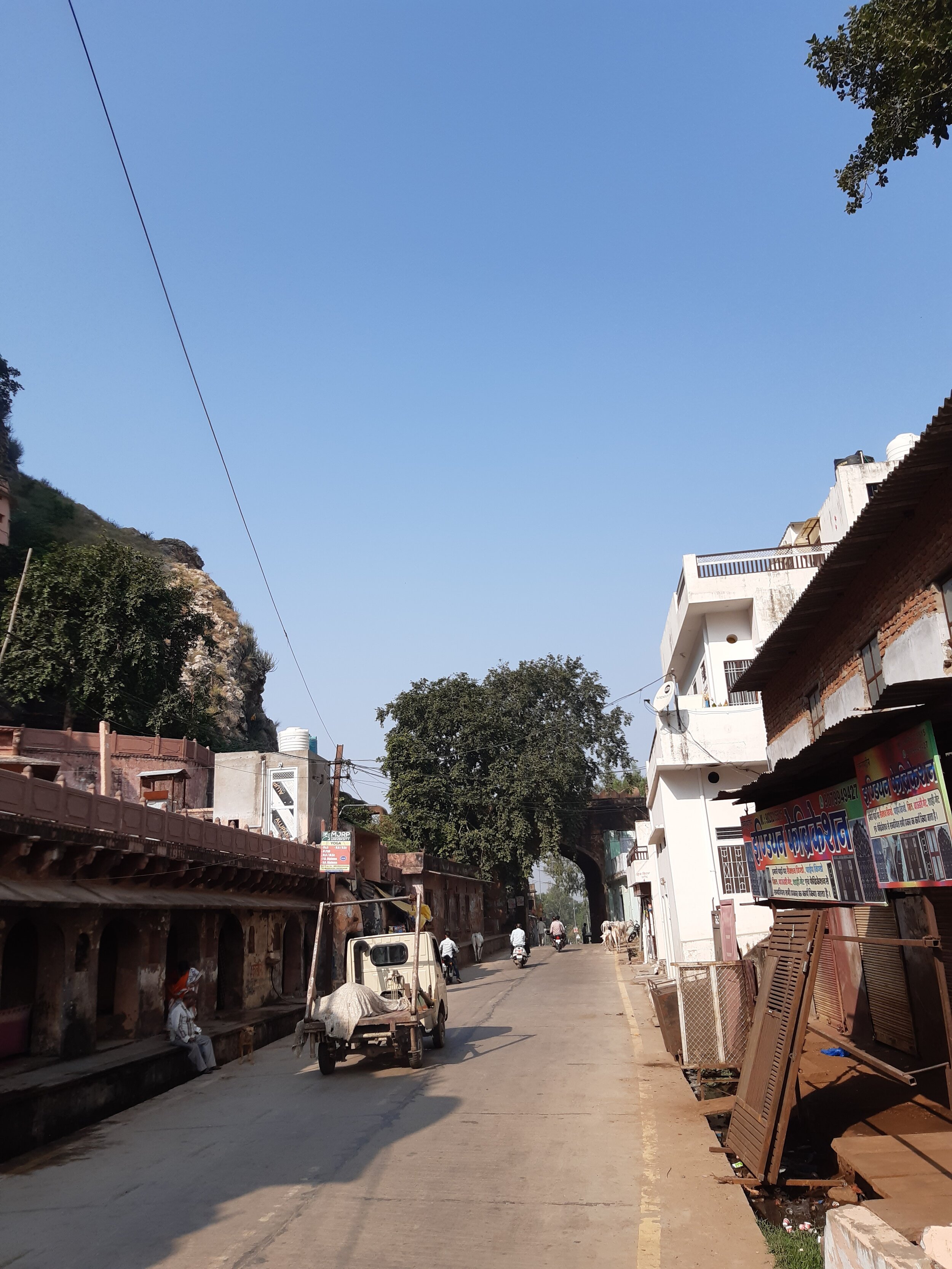
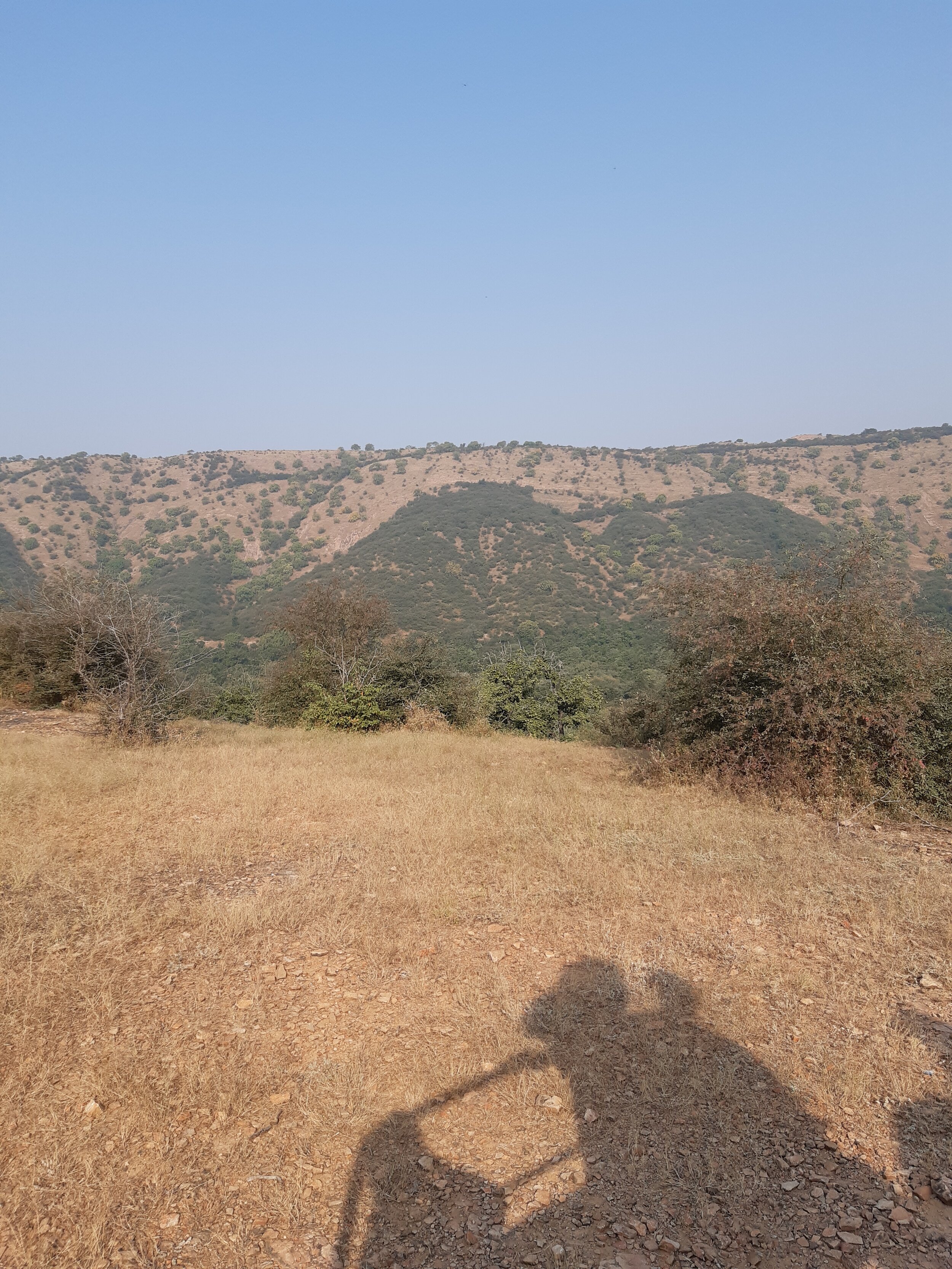














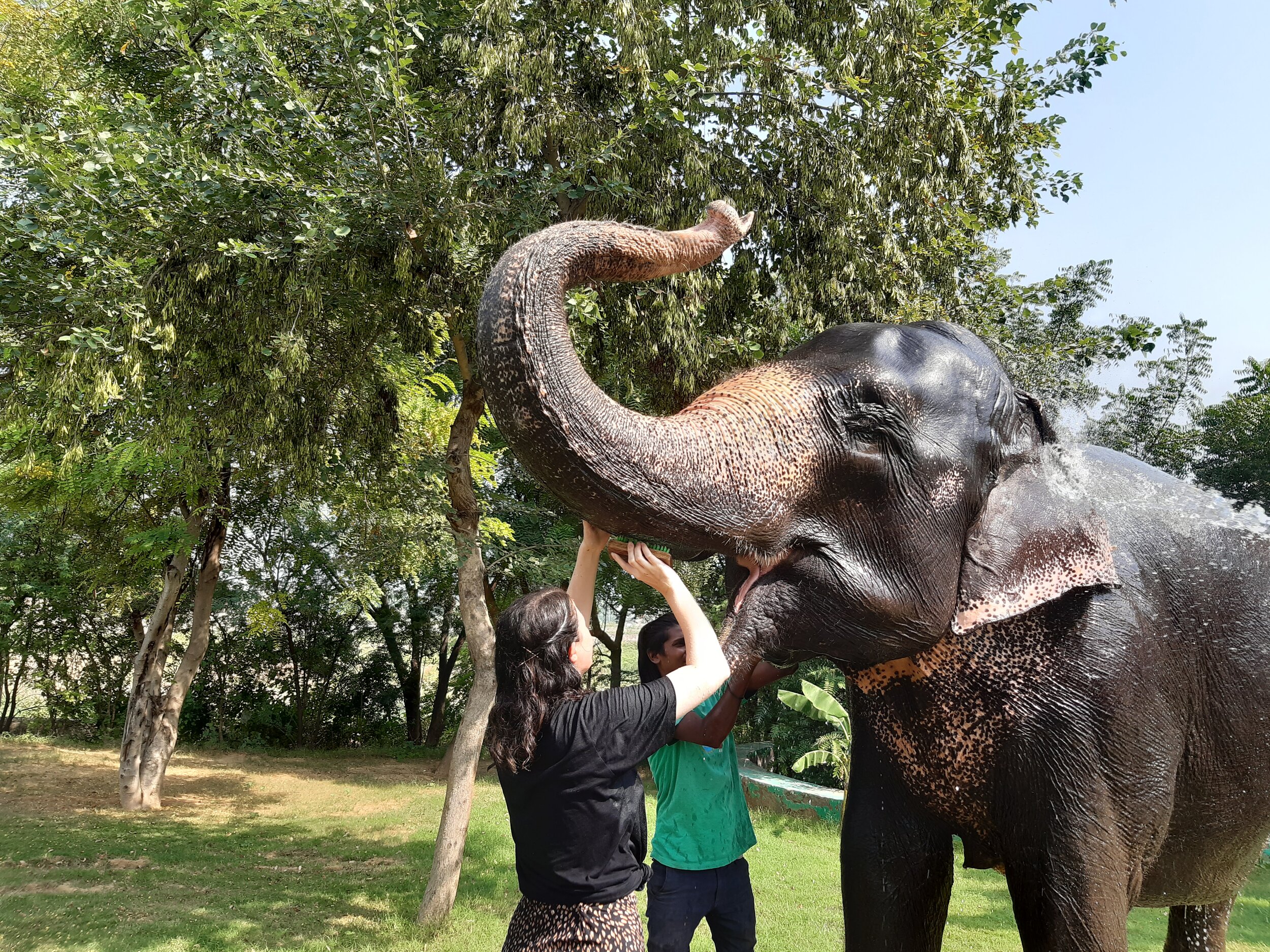
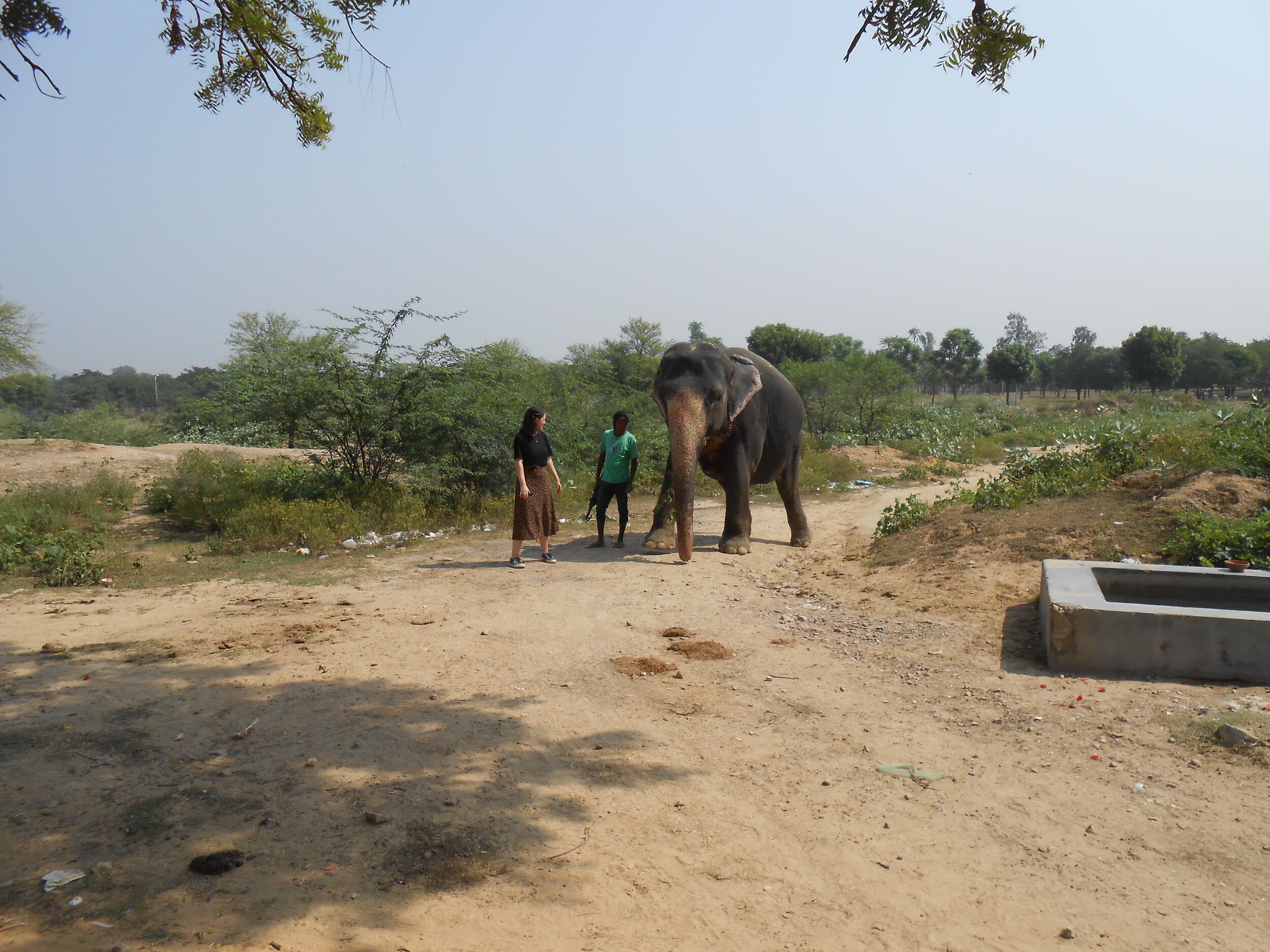




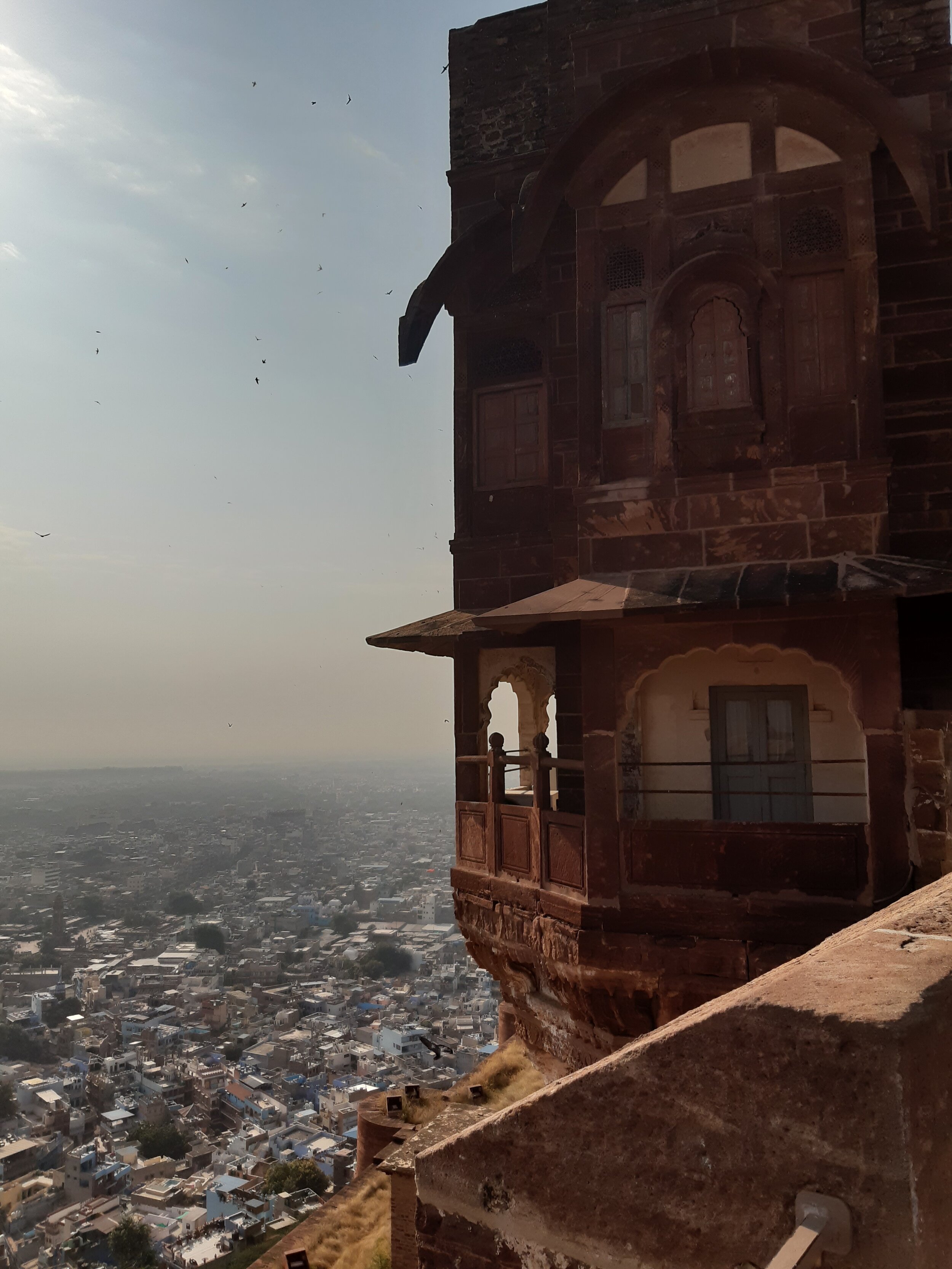





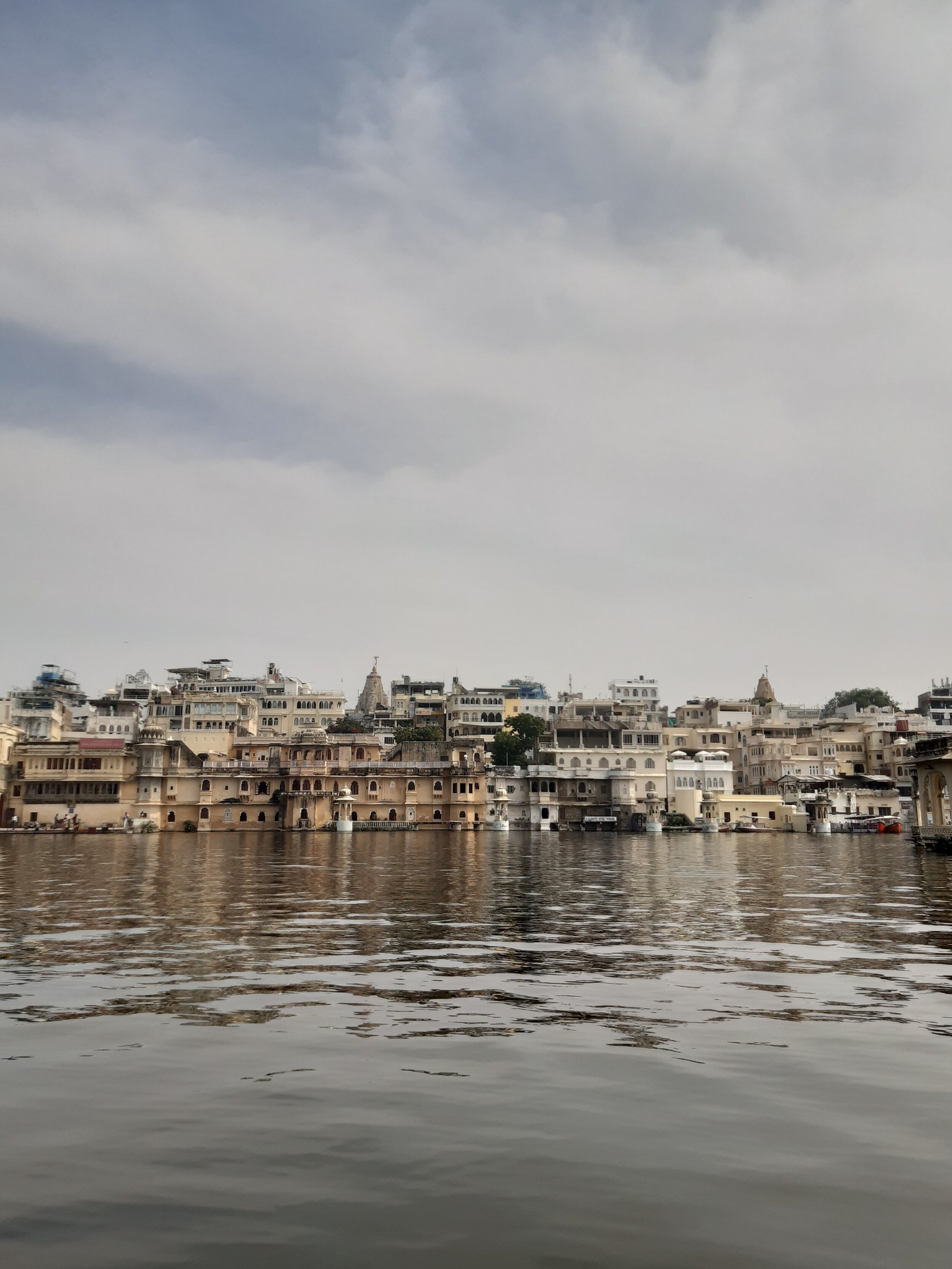







Week 1 in Delhi, Agra and Keoladeo National Park



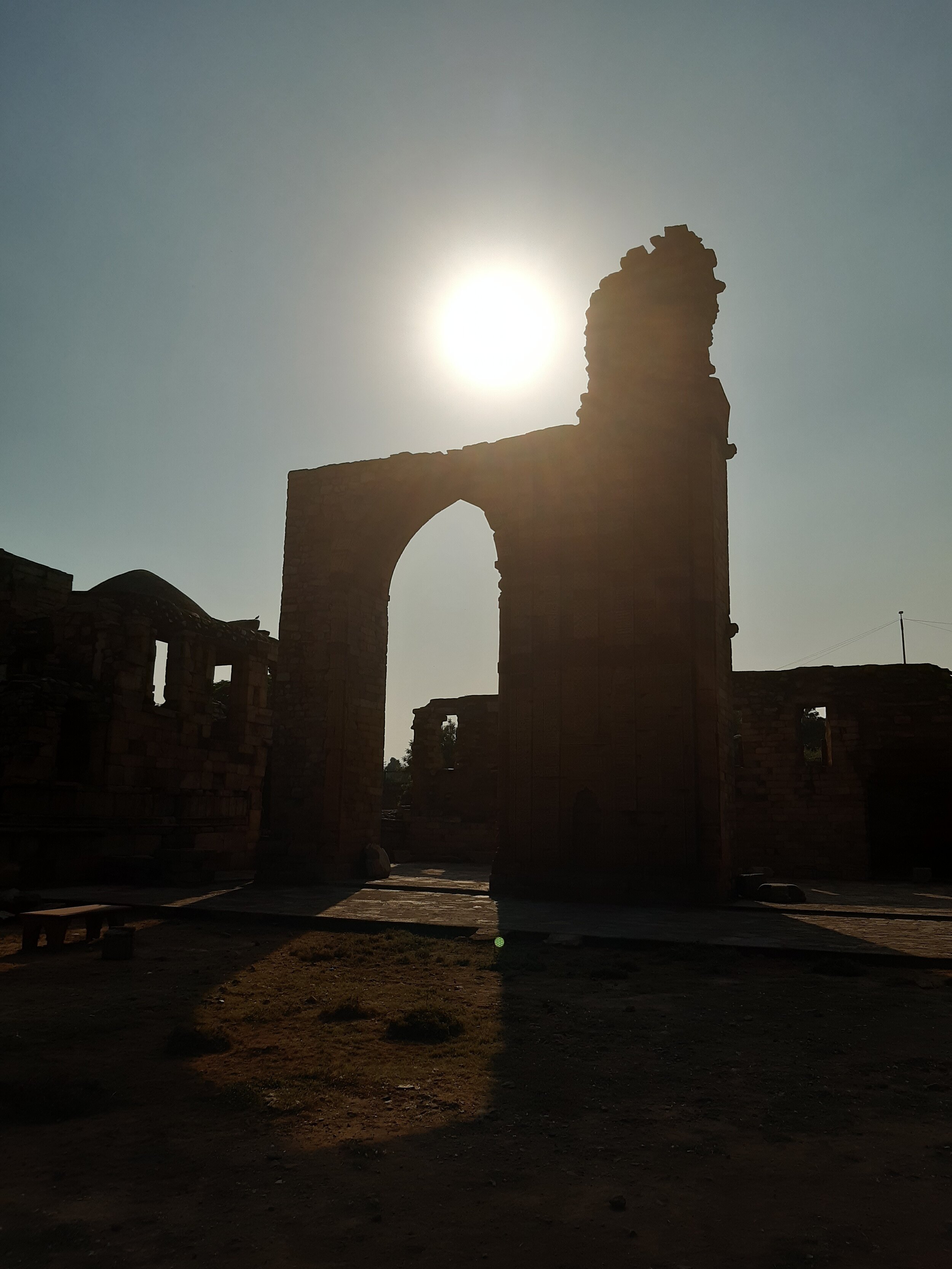






















All drawn using Faber-Castell 9000 pencils.
During August I was commissioned to work on 12 bird illustrations of various species which was such a lovely job to work on and I am really happy with the final illustrations.
I wanted to share a new print which i have been working on over the week. I have always loved organising and putting things into categories so over the past few months I have been researching into animal classifications to make better sense of how one species relates to another. This began with my recent whale collection print as I wanted to find out how the whales I had illustrated were linked biologically. Although the whales which I drew for this print are only vaguely linkied with one another as they are all whales, as oppose to them all being from the same genus or family, this print was the starting point for this series.
I had wanted to draw a tortoise species for a while so when I found a tortoise order with only two species I knew that this was the illustration I wanted to start with for this more scientific organisation on animals. The Astrochelys order includes the radiated and ploughshare tortoises which are both critically endangered and found primarily in Madagascar.
There are certain well known animal families which I would really love to illustrate for this series (the great Apes and Ursidae (bears) for example) but if there are any specific families or genus groups which you would like to see me illustrate please do leave a comment to let me know as it’d be great to draw some lesser known species too.
Recently I was asked to design the new logo for Miténgo coffee who are a new and ethical coffee brand supporting the reforestation efforts in Malawi and the UK. We wanted the logo to depict the wildlife and forests in Africa which Miténgo are working to protect. The logo features three Acacia trees, a northern giraffe and three swallows. I really enjoyed working on these illustrations and love the final outcome, whats more it is lovely that my drawings have been used to support an exciting and sustainable brand and their tree planting efforts.
To find out more about Miténgo coffee at https://mitengo.co.uk
© Photo credit belongs to Miténgo coffee
Anyone who knows me personally knows that I very rarely go a day without listening to Ben Howard’s music. i’m probably responsible for at least half of his spotify plays at this point. I have always felt that it is important to take inspiration from a range of people and places and not only look to people in your field to inspire your work as this can cause you to compare yourself too much to others or change your work to be more similar to theirs whether this happens consciously or not. Ben’s music has been a constant inspiration to my work for such a long time but I have never made an illustration which takes inspiration directly from one of his songs as I wanted to do it in a way which I felt worked with the rest of my illustrations.
When Ben released his newest album, Noonday Dream, back in June, 2018 and I first heard the song Nica Libres At Dusk (in particularly the line ‘and watch eagles saw in circles, perpetually’) I have had this illustration in my head and every time i listened to it since. I finally managed to set some time aside and work on these drawings and I’m really happy with the final result.
Although I drew this purely to please myself I will be releasing prints of this very soon for anyone else who loves that song or eagles in general.





This is the second illustration in this series of drawings and I am quite pleased with how it turned out. I haven’t drawn an animal this textured in a while so I felt quite rusty to begin with but I soon loosened up.

I wanted to draw a white rhino mother and baby since I went to the zoo back in March and saw a young calf and its mother and watched how they interacted with each other. The mother was asleep but the calf was staying by her side and brushing against her and even sucking her horn at one point. After researching more about rhinos over the next few weeks, I watched so many heartbreaking videos of rhino calves trying to help their mothers back to their feet after they had been killed by poachers and even one where the calf successfully scared a group of men away from its injured mother. The bond between them is so strong that both mother and calf show great signs of distress if they are ever separated.
Male rhinos leave the mother as soon as they have mated so the mother raises her calves on her own. The female rhino will be pregnant for around 16 months and eventually give birth to a 100-140lbs (10 stone) calf. Although when the calf is born they are not as delicate as a newborn human, they still heavily rely on their mother for milk, protection and to teach them all of the necessary skills needed to survive on their own after 2-3 years.
Since my last picture book, Every Whale, I have been looking closer at relationships in the animal kingdom, in particular the familial bond between parent and child. more often than not the closest bonds in mature tend to be between mother and baby and males of the species often mate with numerous mothers for the good of the species.
My aim with these illustrations is to create a series of prints, each showcasing a different mother with their young. For each print I will write a blog post about their relationship to both encourage me to learn more about each species and to also encourage me to write more on my blog which i am enjoying so much more now that I have changed up my website!
The first in this series is the Malayan tapir.

Malayan tapirs are the largest of five species of tapir and they are native to Asia. They are currently endangered with less than 1,700 of them left in the wild. Fully grown, this species can reach 2.5 meters in length with a lifespan of around 30 years. Tapir calves have an incredibly close relationship with their mothers and stay by their side for up to three years until they are ready to survive on their own. The calves can get quite playful as as they get older and brave enough to explore on their own but they still rarely leave their mother’s sight.
Habitat loss is one of the main threats to this species as they rely on rich rainforests and vegetation to survive. Another challenge to the future of the species is that it is believed that they only breed once every two years and often only give birth to one calf so the close relationship between mother and baby is not only important for the survival of the individual calf, it is also hugely important to the survival of the entire species.
A few months ago I began scanning in some of my favourite older drawings as I now have a better quality scanner and I wanted to share unedited scans of some of them to show what my drawing look like before i do any editing to them (cleaning up and whitening on photoshop). I really liked how some of them looked arranged in a college format so I am sharing some more recent drawings in the same way with these illustrations and hopefully more in the near future.
I love to draw on a variety or interesting papers so my drawings are often not on a crisp white or untextured background. Because of this, I edit the majority of my drawings to give them a cleaner background which changes the drawing itself ever so slightly even though I always try to make the final digital version as close to the physical drawing as possible.
You can use the best scanner in the world and have your illustrations printed at the best printers but nothing’s quite the same as the original drawing. Therefore, I thought that it would be nice to share some of my drawings totally unedited, how they are straight from the scanner (with a few tea stains and smudge marks).
These particular drawings were used for the first children’s book I worked on during my children’s book MA ‘A Natural Order’. The book showed 50 various animals in size order and to scale.
A little experiment with food illustration.

I decided to make a pattern out of the whale illustrations which I worked on for my picture book, Every Whale.
For this illustration, I wanted to create something specifically with the purpose of being a print. Usually the prints in my shop are drawings which I have worked on for another purpose and then later thought that somebody may want to have the drawing as a print.
Autumn is possibly my favourite time of the year so I was feeling inspired to create a print that represented autumn in Britain and that’s when I got the idea to draw mushrooms. I drew common species which can be found in the UK and across the northern hemisphere such as the Fly Agaric mushroom and the Field mushroom. I drew these over the course of a few weeks from real life studies of mushrooms which my brother was kind enough to pick for me and various photos which I had scoped the internet for.
Once I had finished the illustration I was really happy with the end result and I had spent so much time on it that I wanted the quality of the end product to show the illustration at its best. Because of this, I decided to make the print limited edition with only ten of them being printed which allowed me to print them at the highest possible quality and on the highest quality of paper.